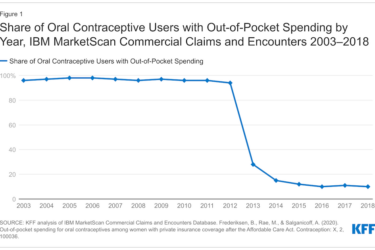
If all employers adopted reference pricing for certain health care services, the potential total savings could reach $9.4 billion, according to a new report from the Employee Benefit Research Institute (EBRI). This amount would be 1.6 percent of all spending on health care services among the 156 million people under age 65 who have employment-based health benefits in 2010, EBRI said.
The research was done by Paul Fronstin, director of EBRI’s Health Education and Research Program, and M. Christopher Roebuck, Ph.D., president and CEO of RxEconomics LLC. The report is available for download from the EBRI site.
Under reference pricing, an employer or any health care payer would pay a set amount for specific health care services, such as hip or knee surgeries. Then the employees or health plan members using those services would pay the difference in price if they chose a more costly health care provider or service.
In the report, “Reference Pricing for Health Care Services: A New Twist on the Defined Contribution Concept in Employment-Based Health Benefits,” Fronstin and Roebuck examined the effect of using reference pricing for hip and knee replacement, colonoscopy, magnetic resonance imaging (MRI) of the spine, computerized tomography (CT) scan of the head or brain, nuclear stress test of the heart, and echocardiogram. These services were chosen because providers doing these procedures or tests usually follow protocols, minimizing variations in quality. Comparisons of this sort are difficult when tests or procedures vary widely in price or quality, they explained.
“Savings from reference pricing materialize through the combination of 1) patients choosing providers at the reference price, 2) patients paying the difference between the reference price and the allowed charge through cost sharing, and 3) providers reducing their prices to the reference price,” Fronstin and Roebuck wrote.
One important factor in the success of any reference pricing program is how employers and health insurers communicate the program to employees and plan members, Fronstin and Roebuck added.
The EBRI report is the second one in recent months to outline the potential cost-control benefits of reference pricing. An earlier report from the Center for Studying Health System Change (HSC) titled, “Potential of Reference Pricing to Generate Health Care Savings: Lessons from a California Pioneer,” showed that reference pricing for patients seeking hip and knee replacements helped steer patients to lower-price hospitals and motivated hospitals to reduce prices for these procedures.
Related:









